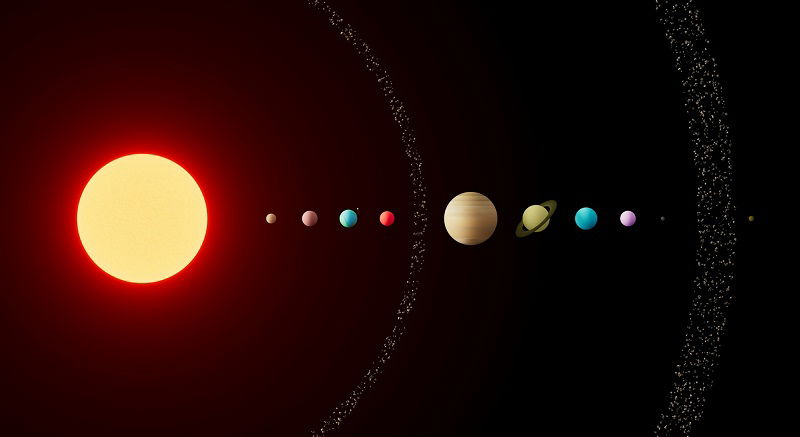Planets Hold More Water Than We Thought
 Reference: Found here
Reference: Found hereHeadlines:
Most of a planet's water is generally not on its surface but hidden deep in its interior, according to a new study.
This affects the potential habitability of distant worlds, as shown by researchers' model calculations.
We know that the Earth has an iron core surrounded by a mantle of silicate bedrock and water (oceans) on its surface. Science has used this simple planet model until today for investigating exoplanets—planets that orbit another star outside our solar system.
"It is only in recent years that we have begun to realize that planets are more complex than we had thought," says Caroline Dorn, professor for exoplanets at ETH Zurich.
Most of the exoplanets known today are located close to their star. This means they primarily comprise hot worlds of oceans of molten magma that have not yet cooled to form a solid mantle of silicate bedrock like the Earth. Water dissolves very well in these magma oceans—unlike, for instance, carbon dioxide, which quickly outgasses and rises into the atmosphere.
The iron core is located beneath the molten mantle of silicates. So how is the water distributed between the silicates and the iron? This is precisely what Dorn has investigated in collaboration with Haiyang Luo and Jie Deng from Princeton University with the help of model calculations based on fundamental laws of physics.
Until now this behavior had only been known to be the case for moderate pressures of the sort that also prevail in the Earth. It was not known what happens in the case of larger planets with higher pressure interior conditions.
Comments
Post a Comment